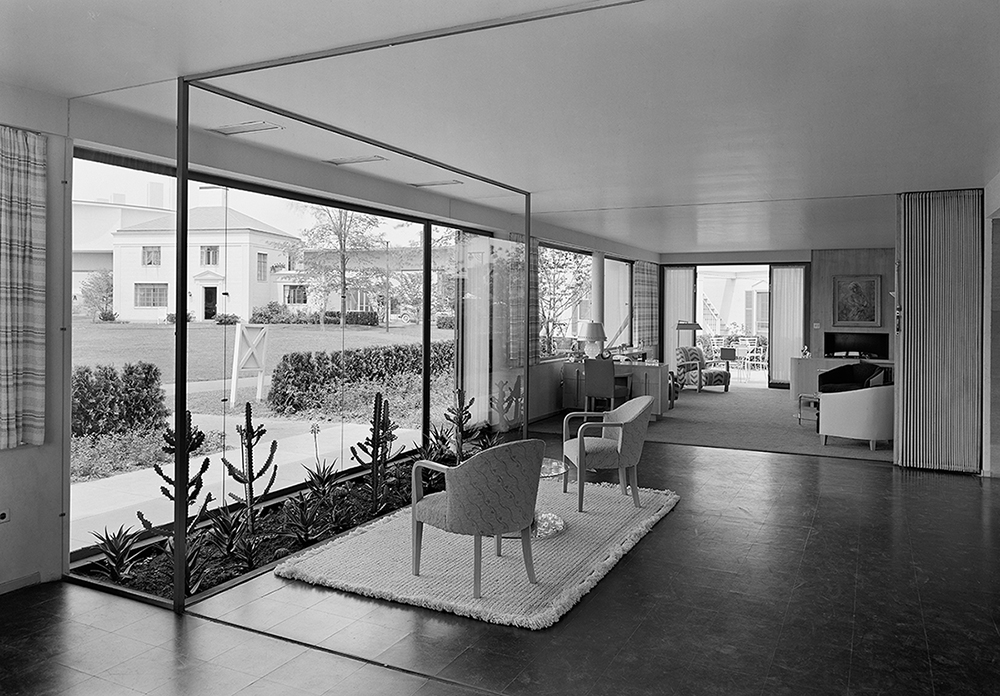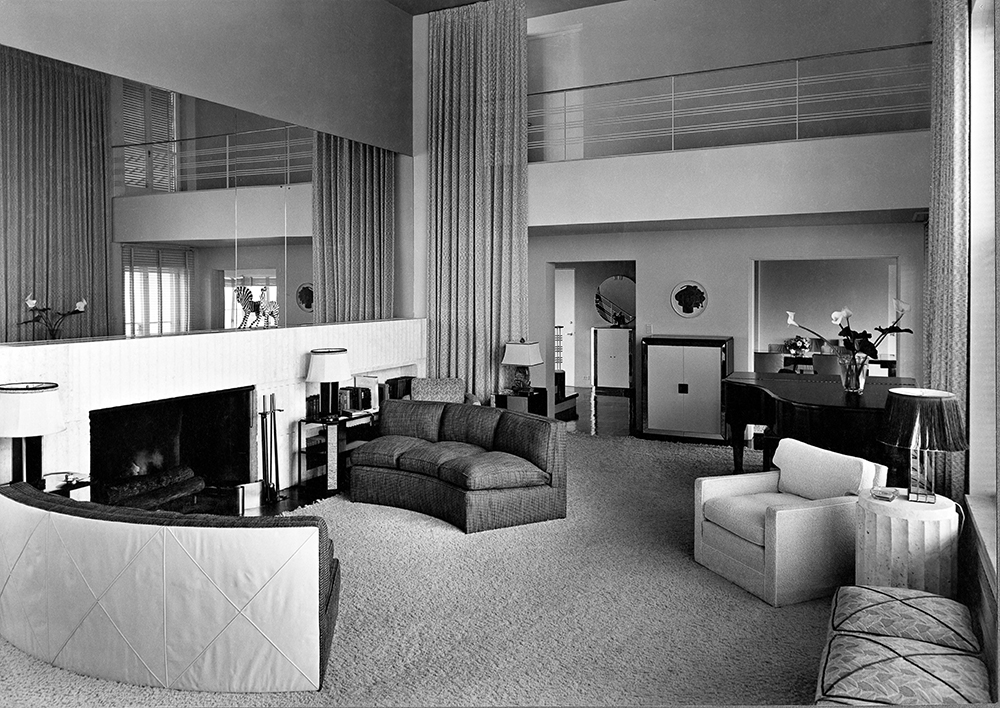The Great Depression has always been characterized as a gray period in American history, marked by poverty, panic, and a general despondency that lasted for nearly a decade. One could forgive the country’s aesthetes for going into hibernation. But in Making America Modern: Interior Design in the 1930s, lawyer turned historian Marilyn Friedman uncovers the beauty and intellect that propelled America from style imitator to innovator during the worst economic downturn in American record.
“Design is a prism through which to view history,” Friedman says, emphasizing the visual nature of her work, “and I found a new voice.” Overflowing with full-page period photography, the book offers readers a year-by-year chronology of design movements ignited by some of the biggest names in the business. From Donald Deskey to William Lescaze, creative minds were anything but latent in the ’30s: Those early years paved the way for the now iconic midcentury modern aesthetic that defined the second half of the last century. “Things weren’t going well for designers,” Friedman says, referencing the bleak job market at the time, “unless they were willing to take a chance.”
While other designers looked to solidify a national aesthetic, like elegance or purity, Friedman says that “American design has always strived for a practical simplicity.” From the curved interiors of Deskey’s Radio City Music Hall to Paul T. Frankl’s smart design solutions for suburban living rooms, Making America Modern examines design created for all budgets and all sizes, with real people and lifestyles in mind—during a time in which inspiration seemed all but forgotten.




